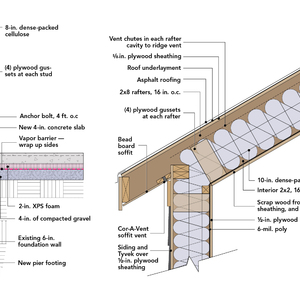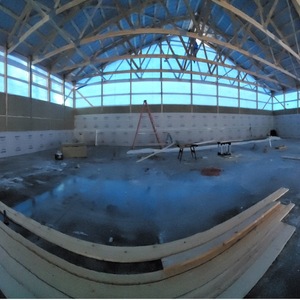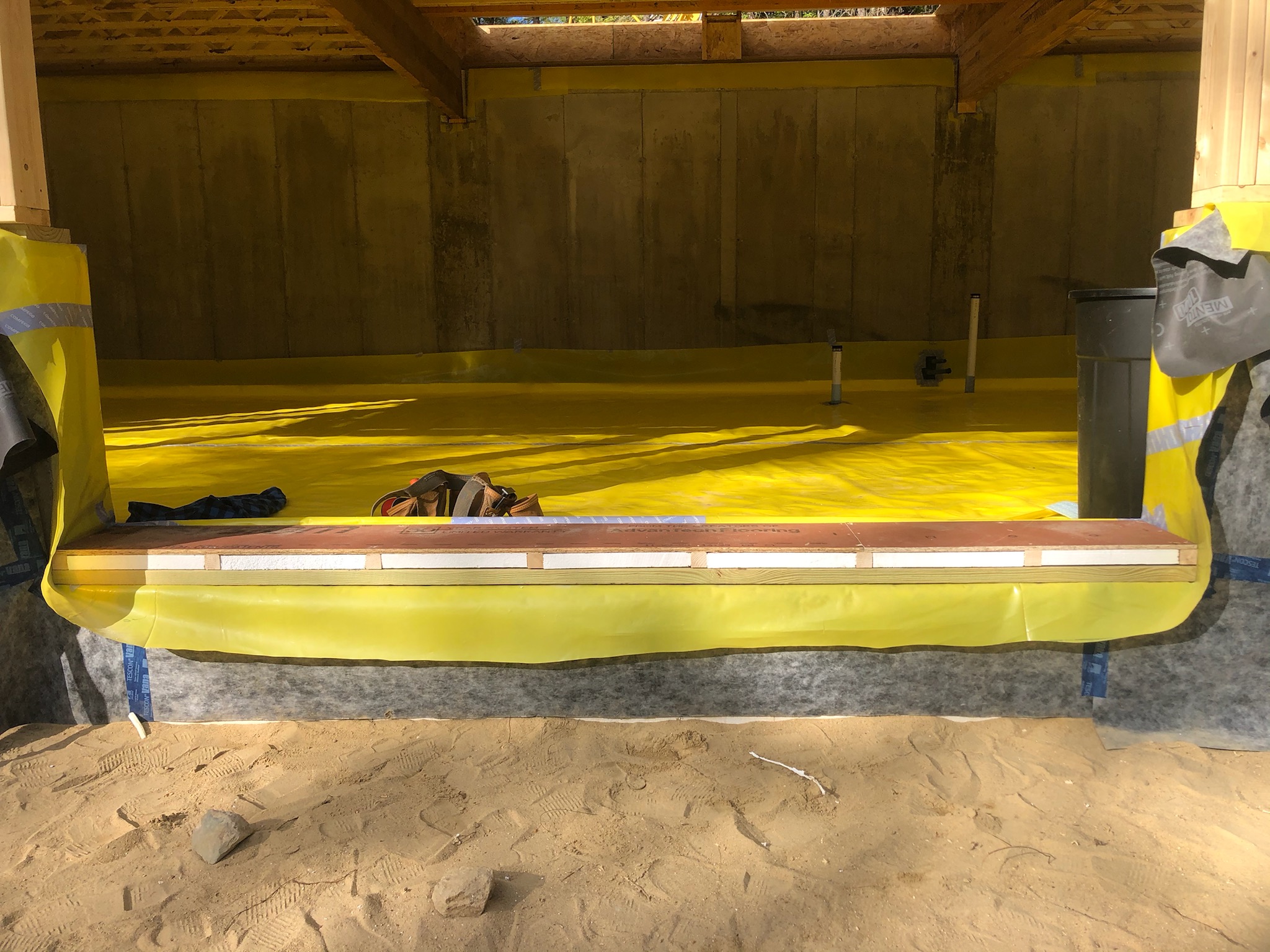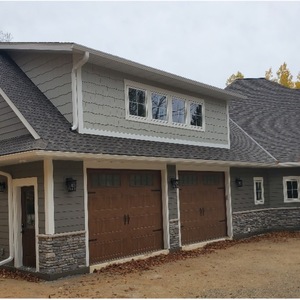
In this Q&A thread, car enthusiast 17whippoorwill tells us he has just closed in his new garage, a 28-ft. sq. structure in Climate Zone 6A. It’s built on an insulated slab with 2×6 walls; He used Zip System sheathing on walls and roof, which is vented at the soffits and ridge. He writes that he’s “been through the wringer” with the spray foam used on his house, so he’s looking for less expensive insulation alternatives. He’s also considering something to heat and cool the space so he can work on his cars all year round.
Here’s what he wants to know:
Because he doesn’t want to use drywall, can he use faced mineral wool batts in the walls and leave them exposed? Are faced fiberglass batts any better or worse?
Can he cover the ceiling with 2-in. thick foil-faced polyiso rigid panels and (again) and not use drywall? He writes that the ceiling joists are not spec’ed to carry weight, and it’s his understanding that because the garage isn’t a living space, code doesn’t require drywall on the ceiling.
Will he need a vapor barrier of poly or similar between the insulation and the drywall?
Finally, he’s thinking about installing a wall-mounted, single-zone mini-split for his HVAC. He figures an owner-installed unit would be less expensive, but he may have trouble finding a contractor to service it.
So, today’s Spotlight topic: How can this car-loving homeowner insulate and heat his new garage without spending a bucket of money?
The crowd weighs in
DCcontrarian suggests 17whippoorwill place blown-in or batts in the ceiling, but that means having some sort of air barrier on the ceiling, such as drywall. He thinks faced fiberglass batts are the easiest and most…
Weekly Newsletter
Get building science and energy efficiency advice, plus special offers, in your inbox.

This article is only available to GBA Prime Members
Sign up for a free trial and get instant access to this article as well as GBA’s complete library of premium articles and construction details.
Start Free TrialAlready a member? Log in















6 Comments
Curious to hear other people's experience operating a mini split in a garage. My concerns stem from the dirty environment. How frequently does the low quality air filter needs to be cleaned? How much particulate gets by the filter and gums up the fins of the exchanger? Would a simple pre-filter help or does it just come down to more regular maintenance? Dirty dirty things happen in garages.
I have had my drain pan overflow. When I cleaned it, it was pretty dirty. Filters get very dirty. My garage is a metal shop with a single car project. No wood work in my garage, but I would guess that makes it worse. It gets quite dusty in my garage still. Sealing the floor might help.
The only downside to using mini-splits in a garage is that a lot of my clients in CZ6 would like to keep their garage just a little above freezing, maybe 40°F or so, but the Mitsubishi mini-splits that are by far the most common around here only go down to 51°F. In cold months, the difference in heat loss (and energy bills, and environmental impact) adds up. Does anyone have a solution for keeping garages cooler than 51° but above freezing using efficient, electric heaters?
Can you use the mini-splits designed for colder climates? I have mini-splits that have been working on my home even when the temps drop to -15°F. Or, am I missing something because of the Garage setting?
“[Deleted]”
Regarding Martin Holladay's point about the garage door lair leakage, I was wondering if anyone has used the ThermoTraks (https://thermotraks.com) garage door sealing kits. I'd love to know how effective they are at reducing air leakage on garage doors.
Log in or become a member to post a comment.
Sign up Log in